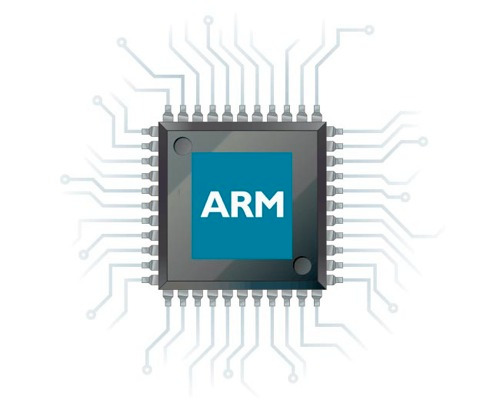Flattened Device Trees
A Device Tree (DT) is a data structure that (normally) contains a hierarchical representation of the available hardware, but also runtime configuration information. The DT is always written in the Device Tree Source (DTS) format and looks something like this:
We notice that the DT is structured as multiple nested nodes. Each node can be referenced by a path comprised of the names of all of its ancestors. In fact, nodes that represent hardware devices are usually assigned an alias based on this path:
Each node is comprised of properties and other node. A property can be a:
- String:
device_type = “cpu”; - Boolean:
regulator-boot-on;- Its presence means true.
- Packed array of integers:
reg = <0x30860000 0x10000>;
Additionally, there are special properties that start with a # symbol. These properties are used by the FDT parser as hints on how to interpret the packed array of integers. Normally, each element in the array is a uint32_t. However, certain properties (reg especially) usually contain one or more (address, size) tuples. In the example above, the reg property located in the serial@30890000 node informs the kernel that the serial (UART) device is mapped in memory starting at 0x30890000 has a size of 0x10000. Note that in this case we have one tuple where each element consists of precisely one uint32_t element. This may not always be the case! Hence, the following properties:
#address-cells: Number of uint32_t cells that comprise the address element in each tuple.#size-cells: Number of uint32_t cells that comprise the size element in each tuple.
Knowing these values is the only way to determine the number of tuples in a packed array property. Note, however, that the #*-cells properties do not apply to the node where they are encountered, but only to its children. For example, if bus@30800000 overrides these properties (whose default value was inherited from soc@0), only the reg of serial@30890000 would adhere to these changes. The ranges property of bus@30800000 would still use the values inherited from soc@0.

